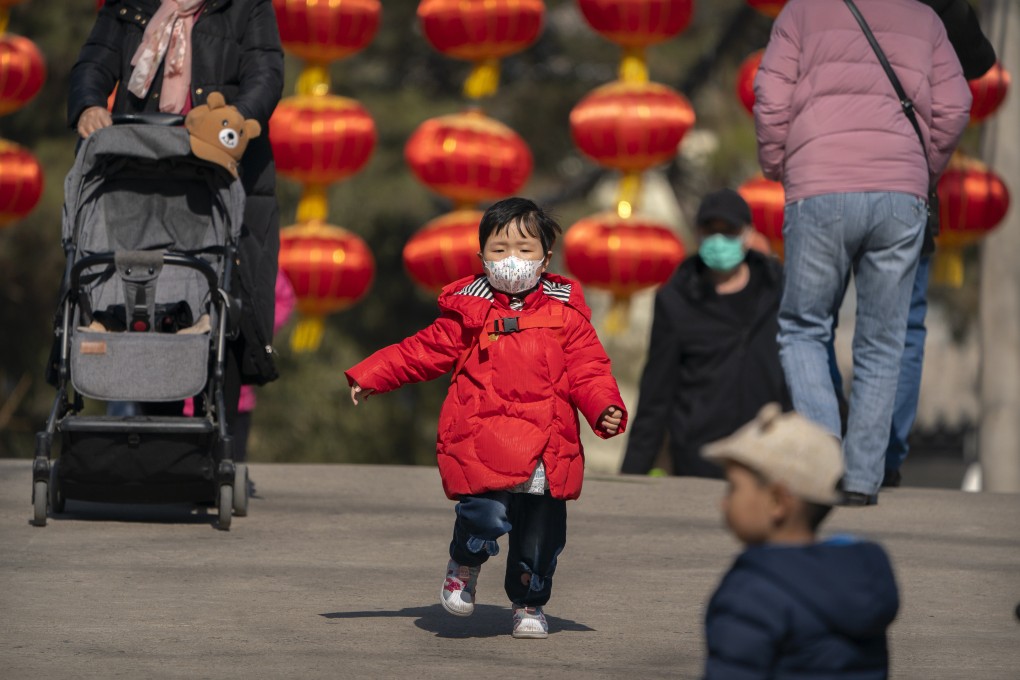Opinion | Could China’s population crisis be reaching a point of no return?
- China’s rapidly declining fertility reflects the legacy of family planning policies, which had caused the birth rate to plummet well below replacement level by the 1990s
- If it is to sustain its economic dynamism, it must expand its labour force by raising the retirement age and encouraging families to have more children

As a planned economy, China was once obsessed with expanding its population. But, in 1957, the economist Ma Yinchu published The New Theory of Population and cautioned that this trend would soon begin to undermine China’s economic development. Though the government initially criticised his theory, unfairly, Chinese leaders eventually took his warnings to heart, encouraging family planning as a way to promote economic growth.
With that, China’s fertility rate bounced back somewhat, reaching 1.58 in 2017, according to the National Bureau of Statistics. But it is now again on a downward slide, falling from 1.49 in 2018 to 1.47 in 2019. According to the population economist James Liang, it may be set to return to 1990s levels.
As Liang noted, in 2017, the total fertility rate of 1.58 reflected a fertility rate of 0.67 for one-child families, 0.81 for two-child families, and 0.11 for three-child families. The fact that the fertility rate of two-child families is higher than that of one-child families reflects the two-child “accumulation effect” – that is, one-child families who had previously wanted to have a second child finally being able to have one.

